Science 5.9
Organisms and environments. The student knows that there are relationships, systems, and cycles within environments. The student is expected to:
- (1) observe the way organisms live and survive in their
ecosystem by interacting with the living and nonliving components;
- (A) describe the flow of energy within a food web, including the roles of the Sun, producers, consumers, and decomposers;
- (B) predict the effects of changes in ecosystems caused by living organisms, including humans, such as the overpopulation of grazers or the building of highways; and
- (C) identify fossils as evidence of past living organisms and the nature of the environments at the time using models.
- Free Plan
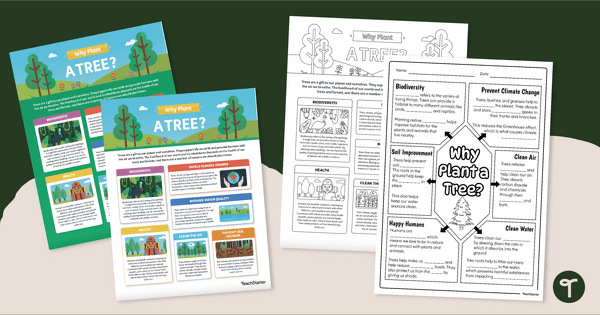
Why Plant a Tree? Infographic Analysis Activity & Posters
Teach about Arbor Day or Earth Day with an infographic poster and a cloze note-taking worksheet about the importance of trees in our environment.
- Plus Plan
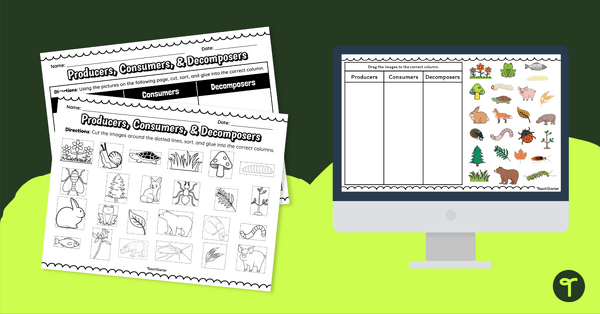
Producers, Consumers, and Decomposers – Interactive and Printable Activity
Sort producers, consumers, and decomposers, with this printable and interactive activity.
- Plus Plan

Critically Endangered Species Map – Poster
A poster of the world map featuring 64 species and subspecies that are on the critically endangered list.
- Free Plan
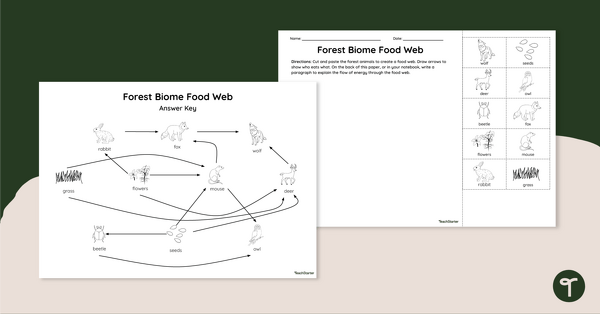
Forest Biome Food Web – Worksheet
Challenge students to create a food web and explain how energy flows between organisms with this cut-and-paste worksheet.
- Plus Plan
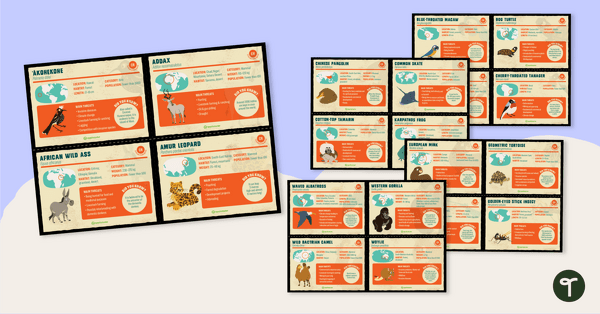
Endangered Species Fact Cards
A set of 64 fact cards featuring species and subspecies that are on the critically endangered list.
- Plus Plan
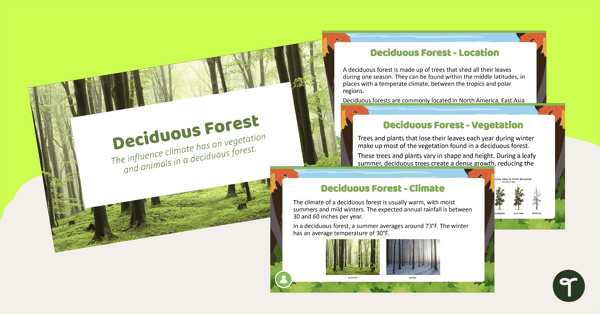
Deciduous Forest Biome Slide Deck
An 11-slide editable PowerPoint to use in the classroom when learning about deciduous forests.
- Plus Plan
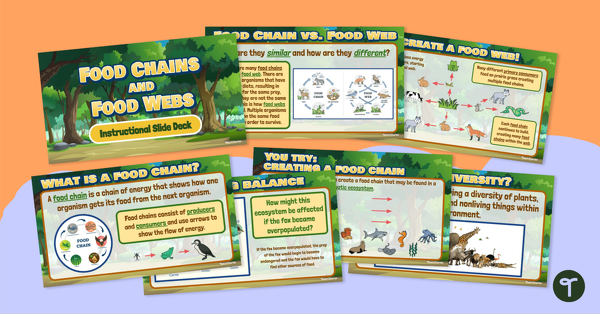
Food Webs vs. Food Chains – Instructional Slide Deck
Learn the difference between a food chain and a food web with this 18-slide instructional slide deck.
- Free Plan
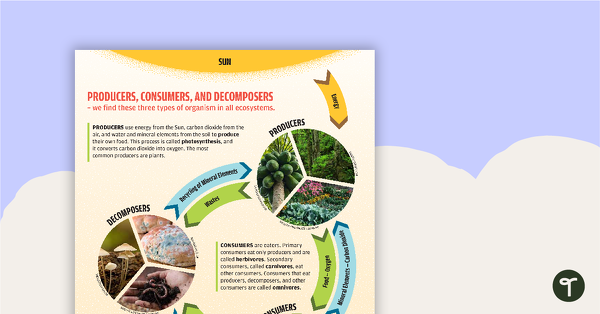
Producer, Consumer, Decomposer - Poster
A poster explaining the roles of the Sun, producers, consumers, and decomposers in the food chain.
- Plus Plan

Oil Spill Science Experiment
Investigate water pollution and discover the effects of oil spills on wildlife with a hands-on science lab!
- Plus Plan
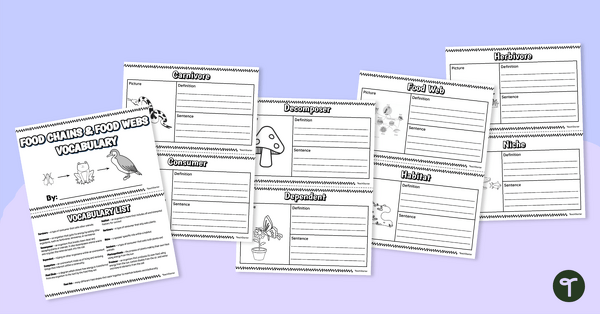
Food Chains & Food Webs – Vocabulary Booklet
Reinforce science vocabulary by creating a booklet to reference when studying food chains and food webs.
- Plus Plan
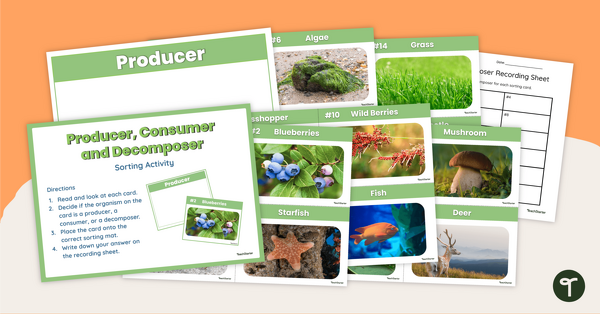
Producer, Consumer and Decomposer - Sorting Activity
Explore the roles and relationships of producers, consumers and decomposers in food chains with this hands-on sorting activity.
- Plus Plan
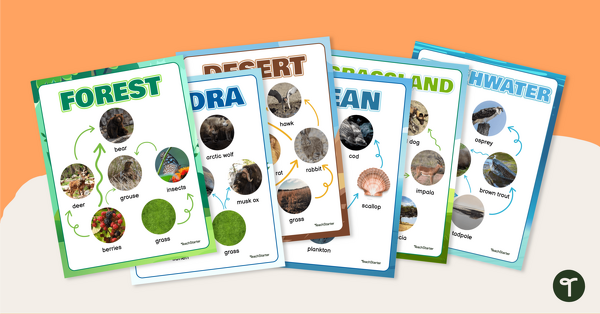
Biome Food Web - Anchor Charts
Learn how energy flows through food webs in different biomes with this set of classroom anchor charts.
- Plus Plan

Food Chains & Food Webs – Vocabulary Posters
Display this set of science vocabulary posters in your classroom when learning about food chains and food webs.
- Plus Plan
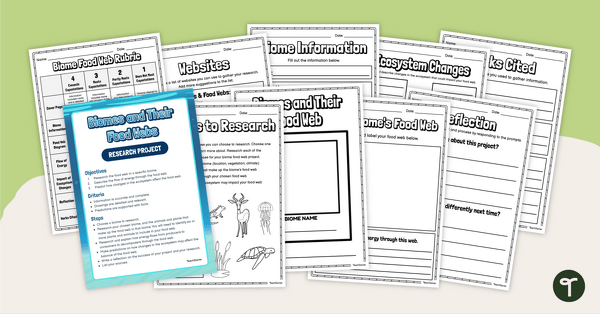
Food Webs - Research Project
Explore the food webs that exist in various biomes around the world with this student-centered inquiry task.
- Plus Plan
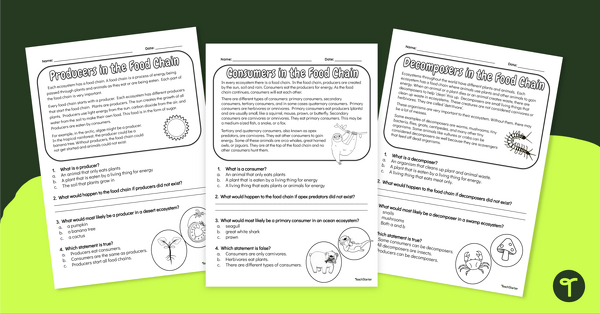
Producer, Consumer, Decomposer - Comprehension Worksheets
Explore the role of producers, consumers and decomposers within ecosystems with this comprehension task.
- Plus Plan
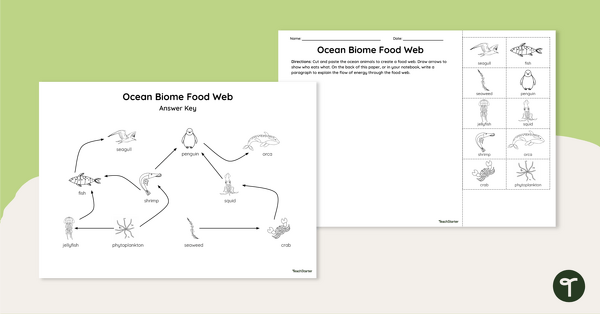
Ocean Biome Food Web - Cut and Paste Worksheet
Challenge students to create a food web and explain how energy flows between organisms with this cut-and-paste worksheet.
- Plus Plan
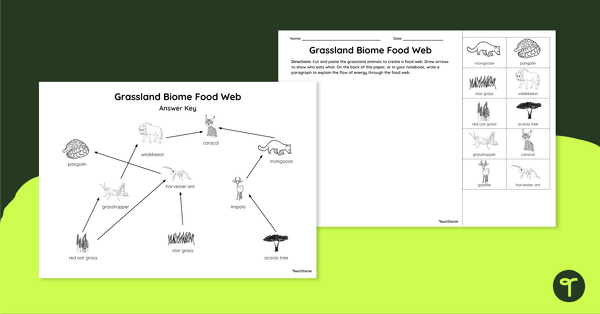
Grassland Biome Food Web - Cut and Paste Worksheet
Challenge students to create a food web and explain how energy flows between organisms with this cut-and-paste worksheet.
- Plus Plan
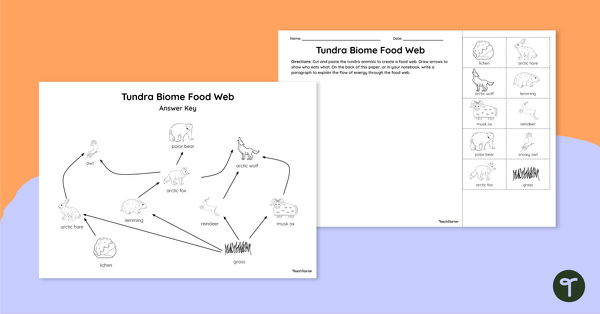
Tundra Biome Food Web - Cut and Paste Worksheet
Challenge students to create a food web and explain how energy flows between organisms with this cut-and-paste worksheet.
- Plus Plan
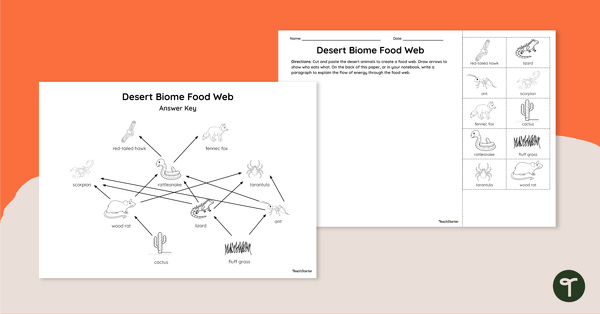
Desert Biome Food Web - Cut and Paste Worksheet
Challenge students to create a food web and explain how energy flows between organisms with this cut-and-paste worksheet.
- Plus Plan
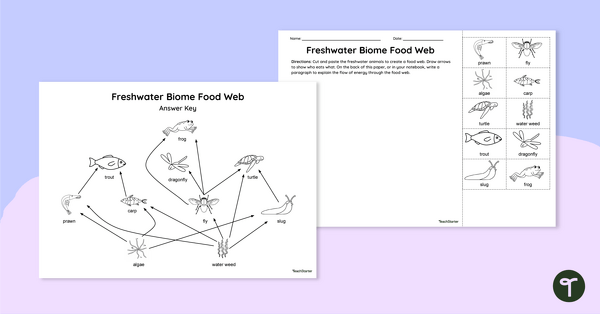
Freshwater Biome Food Web - Cut and Paste Worksheet
Challenge students to create a food web and explain how energy flows between organisms with this cut-and-paste worksheet.
- Plus Plan
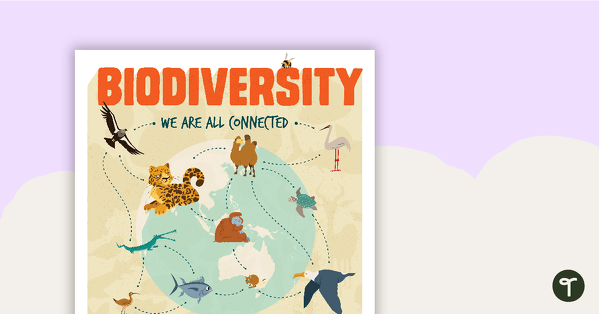
Biodiversity Poster
A poster to help your students explore the topic of biodiversity.
- Plus Plan
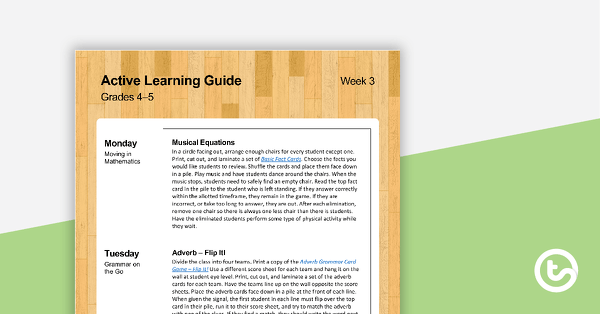
Active Learning Guide for Grades 4-5 - Week 3
Use this weekly active learning guide to celebrate National Physical Fitness Month in your Grade 4 or Grade 5 classroom.
- Plus Plan
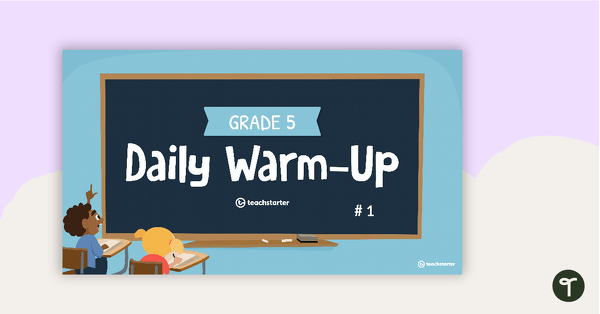
Grade 5 Daily Warm-Up – PowerPoint 1
A 75-slide PowerPoint presentation containing a variety of quick warm-up activities.
- Plus Plan
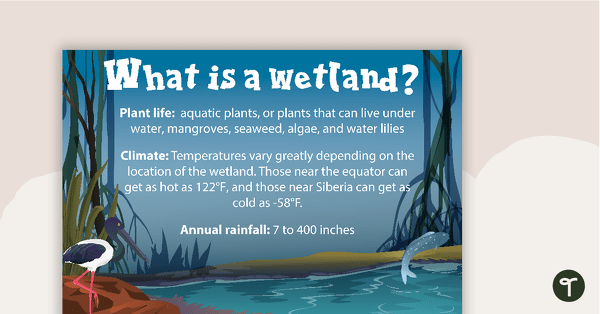
What is a Wetland? Poster
A poster with information about the plant life, climate, and annual rainfall that characterize a wetland environment.
- Plus Plan
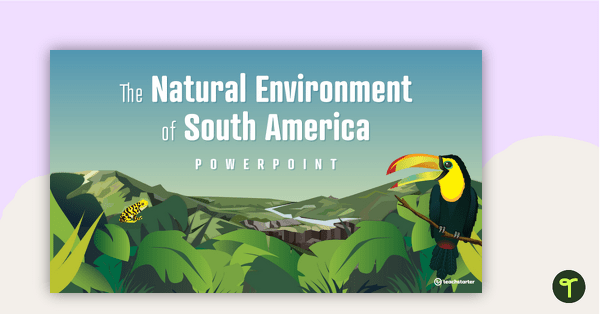
The Natural Environment of South America PowerPoint
A 17-slide editable PowerPoint template to use when introducing students to the climate, vegetation, and animals of South America.
- Plus Plan
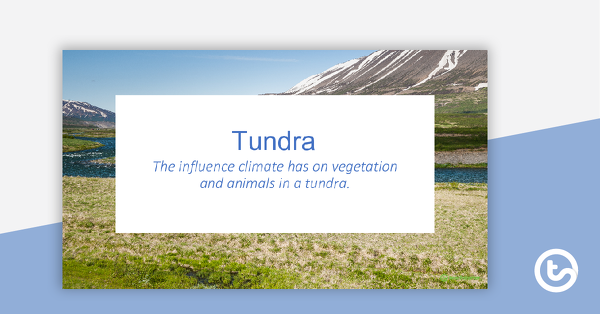
Tundra PowerPoint
An 11-slide editable PowerPoint to use in the classroom when learning about tundras.
- Plus Plan
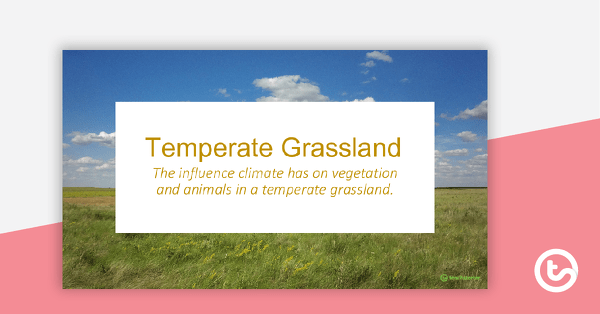
Temperate Grassland PowerPoint
An 11-slide editable PowerPoint to use in the classroom when learning about temperate grasslands.
- Plus Plan
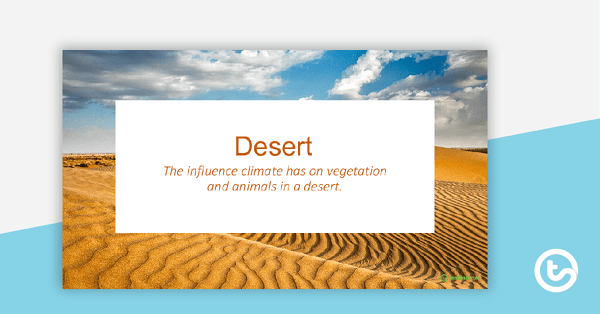
Desert PowerPoint
An 11-slide editable PowerPoint to use in the classroom when learning about deserts.